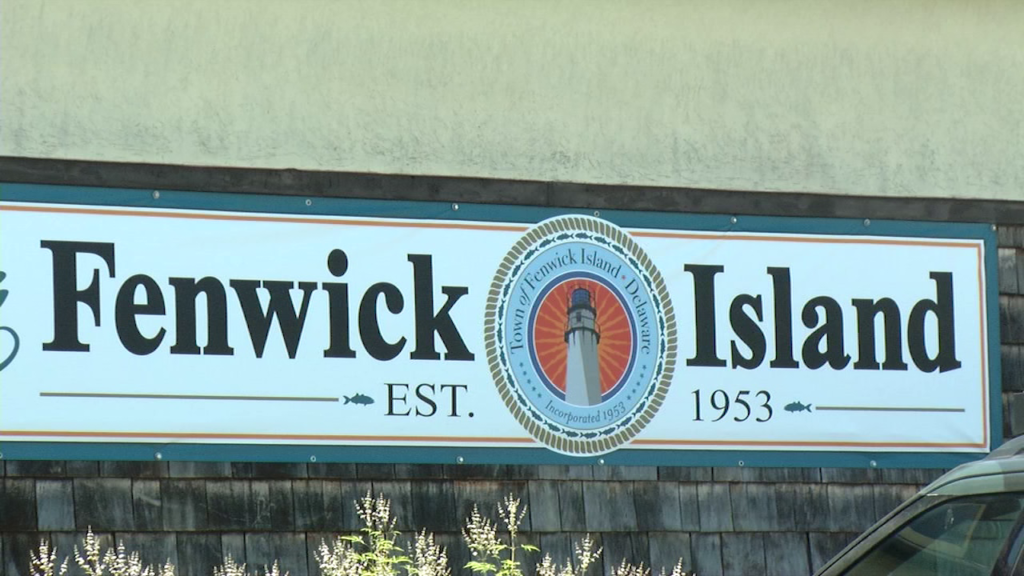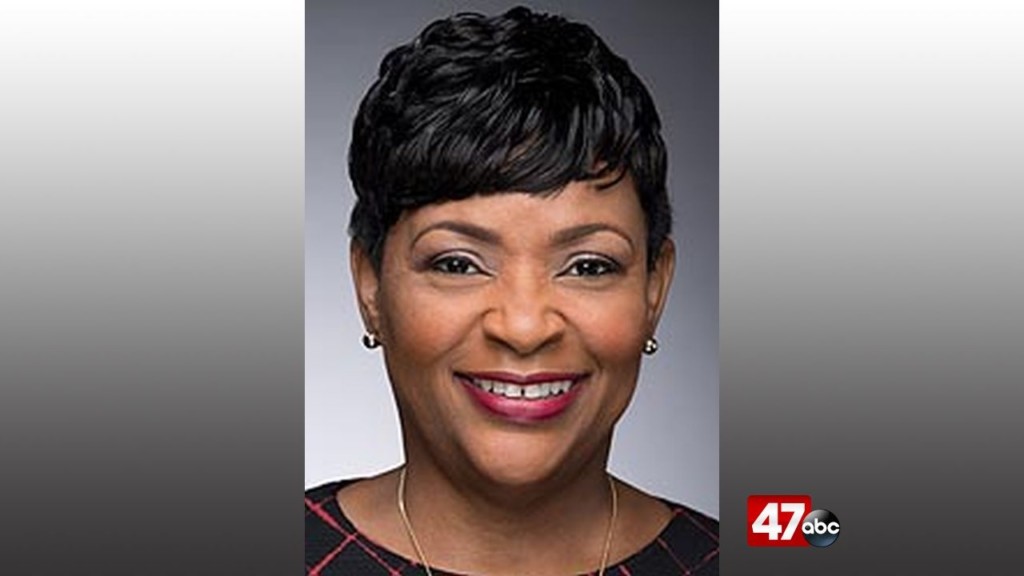Eastern Shore’s only trauma center could close without funding formula changes, say hospital officials
SALISBURY, Md. – TidalHealth Peninsula Regional Hospital is where you will likely end up if you experience a traumatic injury on the Mid and Lower Eastern Shore. Otherwise, you will probably be airlifted, or driven two hours by ambulance, to Shock Trauma in Baltimore.
But what happens if TidalHealth doesn’t have enough funding to keep the doors of its trauma center open? That’s a very real concern for hospital officials, as they urge Maryland’s Health Services Cost Review Commission (HSCRC) to reevaluate its funding formula for TidalHealth.
What Makes a Trauma Center
In Maryland, requirements to achieve trauma center status are quite restrictive, says TidalHealth CEO Steve Leonard.
“Outside the state of Maryland, the requirements to be a trauma center are much less significant. You have to have about four different physicians on call, not in the building,” said Leonard. “We have to have about 12 specialties on call, including some in house, like anesthesia. So, the expenses are completely different, in terms of magnitude.”
Leonard says Maryland’s HSCRC also has a “unique” reimbursement system for hospitals and trauma centers. TidalHealth, like other hospitals, is regulated by the Commission in many areas. While the system generally works, Leonard says, it isn’t currently for TidalHealth.
Money Issues Mount
Because of that funding formula, Leonard says TidalHealth is now trying to figure out how to do the most with what they have. Discussions at TidalHealth about trauma center funding have been going on since 2017.
“That’s been challenging. There’s a gap in the revenue for trauma. What’s complicated things in the last 18 months, especially in a post-COVID world, our volume has significantly increased,” said Leonard. “We have to make decisions going forward. If the state can’t correct the formula for our support that’s needed for both of these, we’ll have to seriously evaluate not being a trauma center.”
TidalHealth CFO Stephanie Gary says the hospital system has absorbed close to $150 million in operating losses over the last three years. On top of that, Gary says TidalHealth Peninsula Regional has dealt with growing patient volumes, and increased operating costs.
Working With the State
“We did request relief associated with our trauma programs, our volumes, and other services. We did request $50 million, and settled at about $9 million,” said Gary.
Gary says the hospital system also worked with the Maryland General Assembly to create a trauma center funding review commission. The legislature also approved about $9.5 million in funding for trauma programs across Maryland. However, that money was distributed to all trauma centers, and TidalHealth got just a portion of it.
Meanwhile, TidalHealth also pulls in about $1.5 million in revenue from a fund supplied by vehicle registrations. The hospital system also requested bridge funding from the state while they worked with HSCRC for a more permanent solution. And, they submitted an emergency rate application, which is currently being reviewed by the HSCRC.
Time and Location are Everything
TidalHealth Peninsula Regional’s trauma center provides life-saving care to patients up and down the Eastern Shore of Maryland. In addition, it takes in patients from each of Maryland’s 24 counties, Delaware, Virginia, Pennsylvania, and New Jersey, when Ocean City’s population balloons to about 300,000 each summer.
Without the trauma center in Salisbury, Leonard says negative health impacts could ripple across the state; the next option is Shock Trauma in Baltimore.
“You’re either looking at a helicopter ride, or when the helicopter is not flying – that does happen on the Eastern Shore with the weather – you’re looking at a two- or two-and-a-half-hour ambulance ride,” said Leonard. “After you have a major injury, you have about an hour – it’s called the golden hour – to receive definitive care and treatment. That’s in the operating room of a center like ours. If you take longer than an hour, mortality increases and outcomes get worse.”
Leonard says the possibility of closing the trauma center doors in Salisbury is one the hospital system does not want to face; but must.
“We don’t want to go there. We don’t want to have this conversation. But, we need to create awareness, and the state does need to understand, that this does impact not just folks here on the Eastern Shore; but it impacts everyone who travels here,” said Leonard.
Taking on the Burden
It’s not just the busy summer season that is straining TidalHealth’s resources, say hospital leaders.
“We have been saying ‘Yes’ to transfers, to trauma patients for years without funding that reflects the level of service that we’re providing here,” said Gary. “When you look at our hospital, compared to other hospitals even on the Shore, we are underfunded for the services that we provide by 10% to 15%.”
When trauma patients need care, other hospitals in the area are not always able to provide it, says Gary. On top of that, Gary says TidalHealth is seeing its own local patient population increase.
“We’re absorbing volume, we’re seeing a broader and growing population of patients. That’s compounding the issue for us,” said Gary. “It’s not sustainable. So, broadly, we are in a position where we’re having financial challenges as an organization.”
The burden has caused for some tough decisions at TidalHealth Peninsula Regional already. The hospital has already pulled back on the number of beds it staffs, and reduced specialty pay practice; pay that’s more than just overtime.
However, come the next fiscal year in July, hospital officials say if no change is made by the HSCRC, TidalHealth will probably have to make even harder decisions.
“While we don’t anticipate having to reduce staff, we are trying to avoid that, because we recognize that there is a solution. If we’re able to address that solution structurally, then we are able to provide that same level of service that we’re providing,” said Gary.
This comes as Leonard says the hospital is already facing the reality of having to turn away patients from other facilities. “Now, it might be ‘Yes, [we can take your patient,] but you have to wait until later today because we don’t have a bed.’ Or, now it might be ‘We don’t have a bed.'” he said.
Balancing the Budget Amid Expansion
TidalHealth has opened up and broke ground on new facilities across the Lower Eastern Shore and Sussex County in recent months and years. And, last month the hospital system announced a 50% ownership in the Your Docs In franchise.
However, hospital leaders say, growth not an indication of how well the hospital system is actually doing financially.
“Some of the stuff that’s been happening in the community is really perhaps moving from one office to another, making what are really long-term investments to improve access. We have invested in urgent care because urgent care is less costly and more convenient for people,” said Leonard. “It’s important for this campus to have adequate revenue to support the expenses on this campus.”
Equitable Funding for Equitable Health Care
Leonard says TidalHealth’s request for additional help from the state is not just about the money; it’s also about providing equitable health care.
“Trauma allows us to be a place of specialization and complexity, where five or six other hospitals send us patients every day because they don’t have that support, they don’t have the specialties,” said Leonard. “The state needs to look at rural medicine a little bit differently. It needs to be equitable compared to what’s happening in urban environments.”
Gary says a refreshed look at how TidalHealth provides health care, from the state perspective, is crucial, for that reason.
“Our patient population is an underserved population, economically, in a lot of ways. There are a lot of health disparities in this area that are very similar to urban and suburban areas,” said Gary. “The idea that we’re in a rural environment is only one piece of the puzzle. We are in a rural environment, we are in an underserved community, and we are the only level three trauma center on the Eastern Shore.”
HSCRC Response
The HSCRC sent 47 ABC WMDT the following statement in response to TidalHealth’s request for additional assistance:
“The Health Services Cost Review Commission is actively reviewing an application from TidalHealth Peninsula Regional Medical Center (PRMC) for emergency rate relief, which was filed on April 12th. This review will consider the financial performance of TidalHealth.
“TidalHealth PRMC had a $25.6 million positive operating margin in the most recently completed year, fiscal year 2022, according to its publicly audited data. At the start of fiscal year 2023, The Commission provided TidalHealth PRMC with an additional $9.3 million in rates, alongside regular annual budget updates, to help support hospital operations.
“The Health Services Cost Review Commission is committed to ensuring access to hospital care throughout Maryland while maintaining reasonable hospital rates for the public.”


